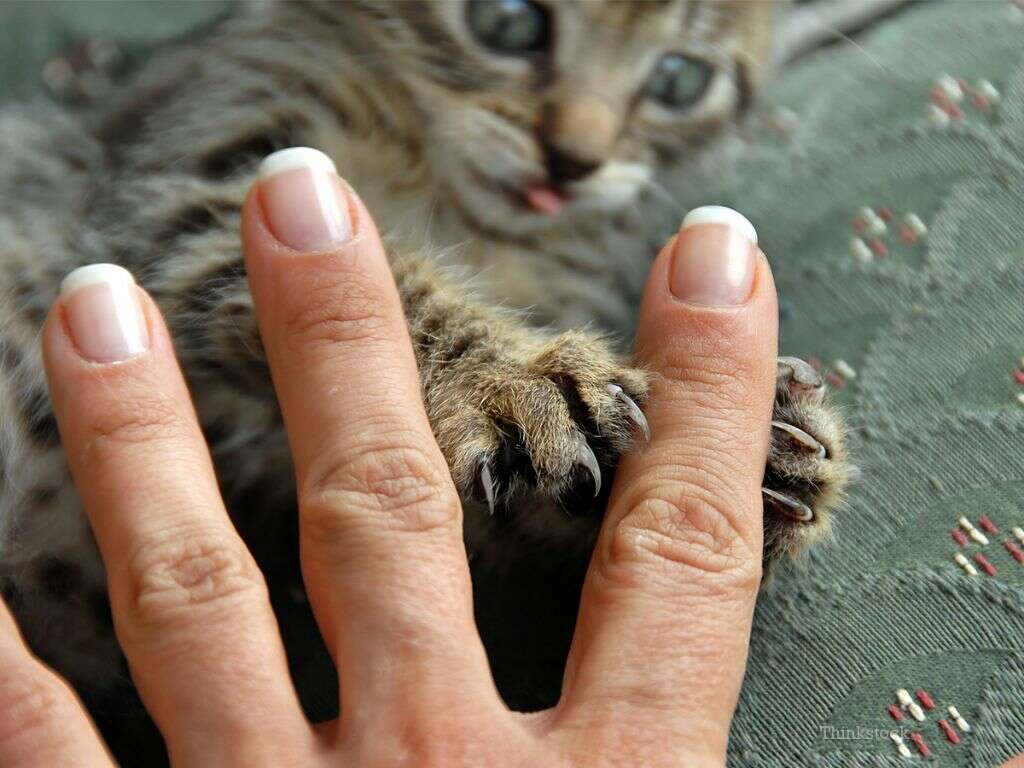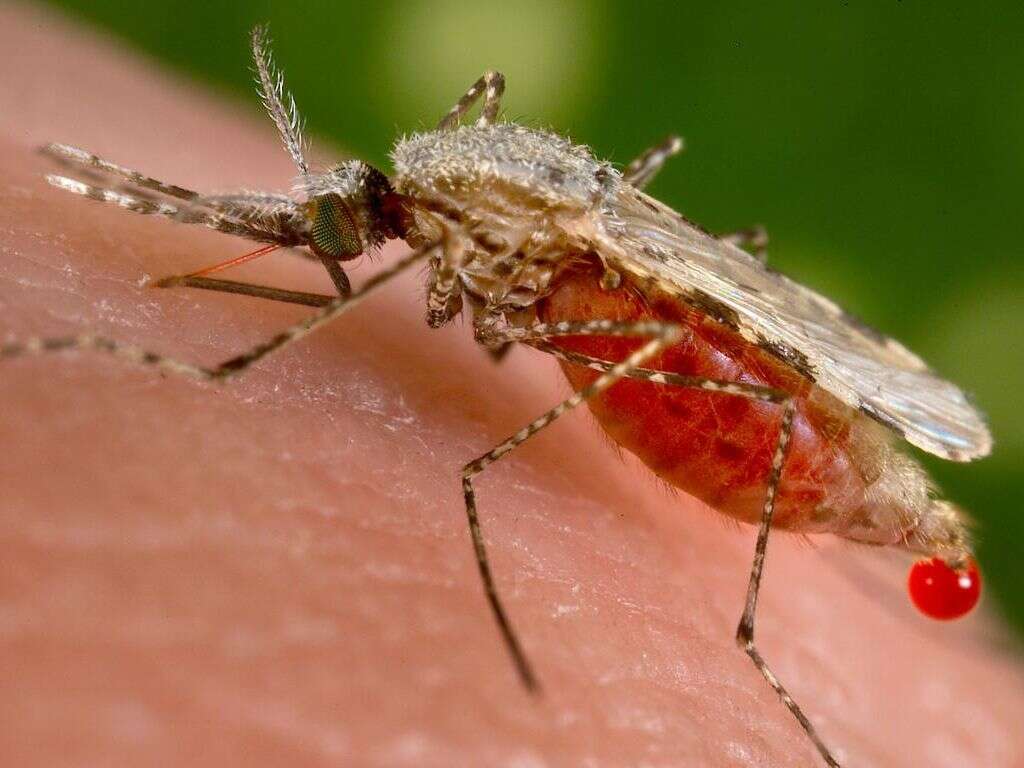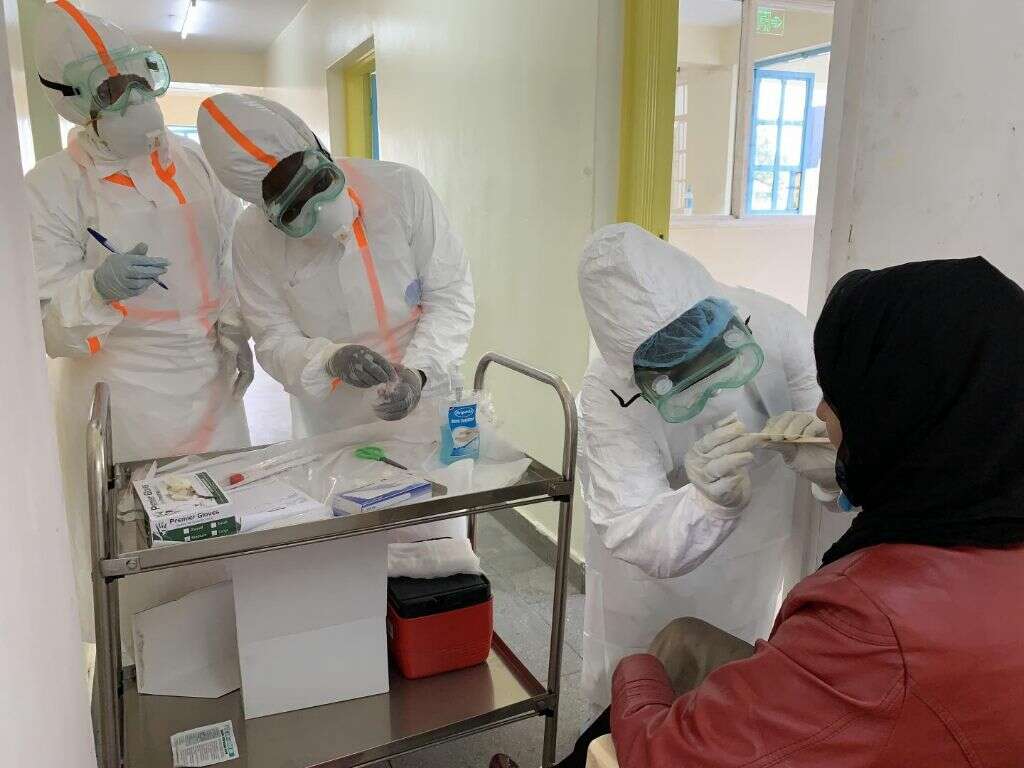Cat Scratch Disease Symptoms, Treatments & More
 Article Sources
Article Sources
- 1. Klotz, Stephen A., et al. 'Cat-Scratch Disease.' American Family Physician, 15 Jan. 2011, www.aafp.org/afp/2011/0115/p152.html.
- 2. 'Cat Scratch Disease (for Parents) - Nemours KidsHealth.' Edited by Raluca Papadopol, KidsHealth, The Nemours Foundation, Dec. 2014, kidshealth.org/en/parents/cat-scratch.html.
- 3. 'Cat Scratch Disease Fact Sheet. Minnesota Dept. of Health, www.health.state.mn.us/diseases/bartonella/csd.html.
- 4. 'Cat-Scratch Disease.' Centers for Disease Control and Prevention, Centers for Disease Control and Prevention, 17 Jan. 2020, www.cdc.gov/healthypets/diseases/cat-scratch.html.
- 5. 'Cat Scratch Disease.' Johns Hopkins Medicine, www.hopkinsmedicine.org/health/conditions-and-diseases/cat-scratch-disease.
- 6. 'Cat Scratch Disease.' Genetic and Rare Diseases Information Center, U.S. Department of Health and Human Services, rarediseases.info.nih.gov/diseases/27/cat-scratch-disease.
- 7. 'For Veterinarians.' Centers for Disease Control and Prevention, Centers for Disease Control and Prevention, 23 Jan. 2020, www.cdc.gov/bartonella/veterinarians/index.html.
Cat scratch disease is a bacterial infection caused by the bacteria Bartonella henselae. This bacteria lives in a cat's saliva but usually doesn't cause illness in the cat. The bacteria may pass to a person when a cat bites, scratches or licks them. Fleas carry the B. henselae bacteria from one cat to another, and flea and tick bites may also transmit the bacteria to people.1Klotz, Stephen A., et al. ‘Cat-Scratch Disease.’ American Family Physician, 15 Jan. 2011, www.aafp.org/afp/2011/0115/p152.html.
Children develop cat scratch disease more commonly than adults, probably because children play with cats more frequently and are more likely to be scratched or bitten.2‘Cat Scratch Disease (for Parents) - Nemours KidsHealth.’ Edited by Raluca Papadopol, KidsHealth, The Nemours Foundation, Dec. 2014, kidshealth.org/en/parents/cat-scratch.html. Most healthy people infected with the bacteria don't develop symptoms.3‘Cat Scratch Disease Fact Sheet. Minnesota Dept. of Health, www.health.state.mn.us/diseases/bartonella/csd.html.
1. Risk Factors for Cat Scratch Disease
Exposure to cats and kittens increases a person's likelihood of developing cat scratch disease. Playful felines may inadvertently bite or scratch, possibly transmitting the B. henselae bacteria.4‘Cat-Scratch Disease.’ Centers for Disease Control and Prevention, Centers for Disease Control and Prevention, 17 Jan. 2020, www.cdc.gov/healthypets/diseases/cat-scratch.html. A person who receives a cat bite or scratch and fails to thoroughly wash the affected area may develop cat scratch disease.
Flea infestations make it more likely for people to develop cat scratch disease, so pets and homes should be kept free of fleas.5‘Cat Scratch Disease.’ Johns Hopkins Medicine, www.hopkinsmedicine.org/health/conditions-and-diseases/cat-scratch-disease. People with weakened immune systems are more prone to developing serious complications from cat scratch disease and need to take precautions when around cats.3‘Cat Scratch Disease Fact Sheet. Minnesota Dept. of Health, www.health.state.mn.us/diseases/bartonella/csd.html.
2. First Sign of Cat Scratch Disease
A small red bump may develop on the skin several days after a person receives a scratch or bite from a cat. This bump appears at the location where the bacteria entered the body, and it's usually not painful.
The bump, which may resemble a bug bite, is called an inoculation lesion.2‘Cat Scratch Disease (for Parents) - Nemours KidsHealth.’ Edited by Raluca Papadopol, KidsHealth, The Nemours Foundation, Dec. 2014, kidshealth.org/en/parents/cat-scratch.html. It may be swollen, warm and painful, and pus may be present.6‘Cat Scratch Disease.’ Genetic and Rare Diseases Information Center, U.S. Department of Health and Human Services, rarediseases.info.nih.gov/diseases/27/cat-scratch-disease. It doesn't heal or become worse over time.5‘Cat Scratch Disease.’ Johns Hopkins Medicine, www.hopkinsmedicine.org/health/conditions-and-diseases/cat-scratch-disease.
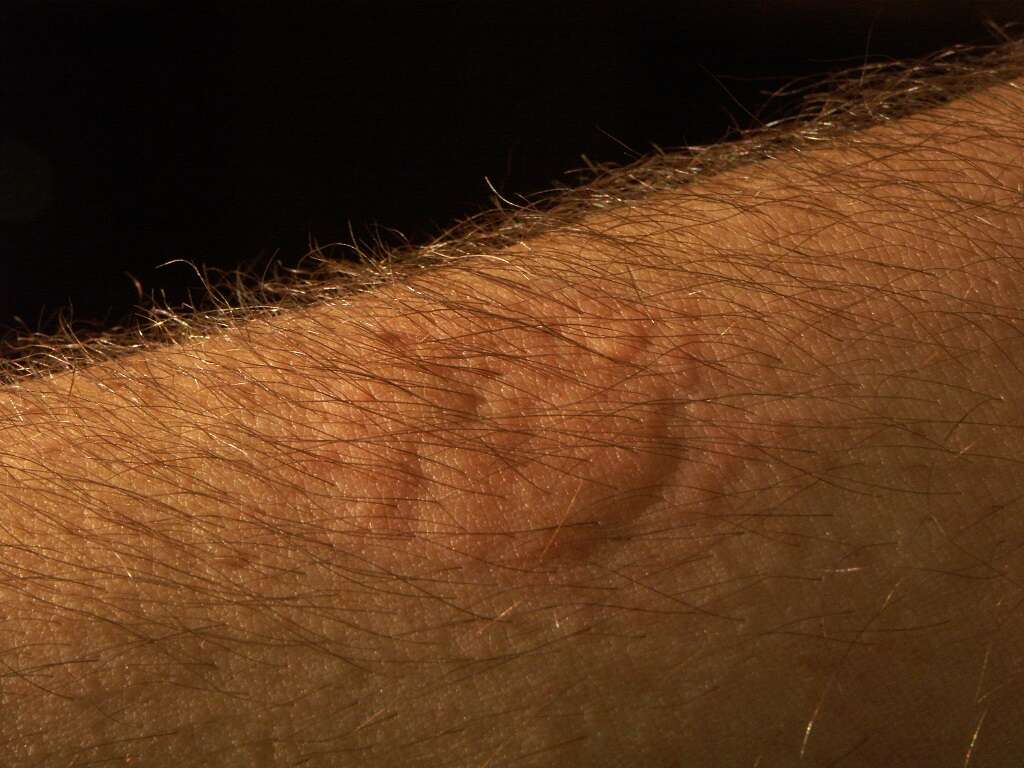
3. Swollen Lymph Nodes
A week or two after receiving a bite or scratch from a cat, the person may experience pain and swelling in the lymph nodes closest to the site of the lesion. If the lesion is on the hand or arm, the lymph nodes in the elbow, armpit or neck may become swollen. If the lesion occurs on the leg, lymph nodes in the groin may swell.
The lymph nodes normally return to normal within two months. However, sometimes the pain and swelling last longer.2‘Cat Scratch Disease (for Parents) - Nemours KidsHealth.’ Edited by Raluca Papadopol, KidsHealth, The Nemours Foundation, Dec. 2014, kidshealth.org/en/parents/cat-scratch.html.
4. Other Symptoms of Cat Scratch Disease
Many people develop no symptoms of cat scratch disease, and some only experience lymph node swelling. Others notice flu-like symptoms as well. These people may run a low-grade fever, feel fatigued and have a sore throat and headache. They may also have a diminished appetite and feel generally unwell. Some develop a rash.
Since these symptoms may be similar to those of other ailments, it's best to consult a physician for a diagnosis.5‘Cat Scratch Disease.’ Johns Hopkins Medicine, www.hopkinsmedicine.org/health/conditions-and-diseases/cat-scratch-disease.

5. Diagnosing Cat Scratch Disease
To make an accurate diagnosis, a physician reviews the person's health history and asks if they have sustained a recent cat bite or scratch. They also perform a physical examination.5‘Cat Scratch Disease.’ Johns Hopkins Medicine, www.hopkinsmedicine.org/health/conditions-and-diseases/cat-scratch-disease.
The doctor may conduct blood tests (PCR blood tests) to verify that cat scratch disease is responsible for the symptoms. In rare cases, a lymph node biopsy may be necessary. A physician may consider this step If the lymph node swelling doesn't resolve on its own.1Klotz, Stephen A., et al. ‘Cat-Scratch Disease.’ American Family Physician, 15 Jan. 2011, www.aafp.org/afp/2011/0115/p152.html.
6. Treatment of Cat Scratch Disease
In most cases, symptoms of cat scratch disease disappear without treatment within two to four months.3‘Cat Scratch Disease Fact Sheet. Minnesota Dept. of Health, www.health.state.mn.us/diseases/bartonella/csd.html. Over-the-counter pain relievers, such as acetaminophen and ibuprofen, may help alleviate discomfort. Applying heat to painful lymph nodes may help too.
If symptoms are severe, a physician may prescribe antibiotics to help the patient recover more quickly. Lymph node aspiration is another treatment that may be considered in severe or persistent cases.6‘Cat Scratch Disease.’ Genetic and Rare Diseases Information Center, U.S. Department of Health and Human Services, rarediseases.info.nih.gov/diseases/27/cat-scratch-disease.
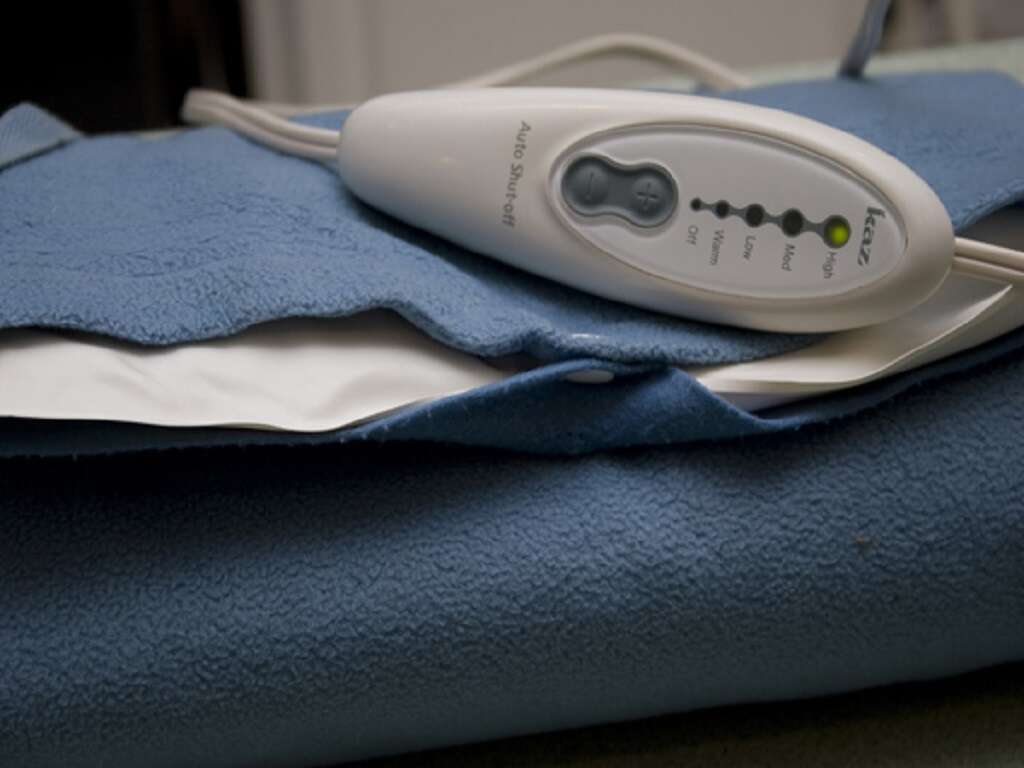
7. Complications of Cat Scratch Disease
Occasionally, children between the ages of 5 and 14 and people with weakened immune systems develop complications. Bacillary angiomatosis may occur in severe immunocompromised individuals, with red, raised lesions surrounded by scaly rings appearing on the skin. The eyes, bones, heart, brain and other internal organs may be affected as well.4‘Cat-Scratch Disease.’ Centers for Disease Control and Prevention, Centers for Disease Control and Prevention, 17 Jan. 2020, www.cdc.gov/healthypets/diseases/cat-scratch.html.,5‘Cat Scratch Disease.’ Johns Hopkins Medicine, www.hopkinsmedicine.org/health/conditions-and-diseases/cat-scratch-disease.
Parinaud's oculoglandular syndrome is another complication that may arise. The eyes become red and irritated, fever is present, and lymph nodes in front of the ears become swollen.5‘Cat Scratch Disease.’ Johns Hopkins Medicine, www.hopkinsmedicine.org/health/conditions-and-diseases/cat-scratch-disease.
8. Is Cat Scratch Disease Contagious?
Cat scratch disease is not contagious. It doesn't pass from one person to another. If several people in a household develop the condition, they may have all been infected by the same animal.2‘Cat Scratch Disease (for Parents) - Nemours KidsHealth.’ Edited by Raluca Papadopol, KidsHealth, The Nemours Foundation, Dec. 2014, kidshealth.org/en/parents/cat-scratch.html.
Once a person has recovered from cat scratch disease, it's unlikely that person will develop the condition again in the future. Although a few adults have reported recurrence of cat scratch disease, once a child or adolescent recovers, they seem to be immune.6‘Cat Scratch Disease.’ Genetic and Rare Diseases Information Center, U.S. Department of Health and Human Services, rarediseases.info.nih.gov/diseases/27/cat-scratch-disease.

9. Preventing Cat Scratch Disease
Taking a few common-sense steps can help prevent people from developing cat scratch disease. It's best to avoid unfamiliar cats. People can help prevent their pet cats from becoming infected with B. henselae bacteria by keeping their homes and pets free of fleas.
When interacting with a pet cat, avoiding rough play may prevent scratches and bites. Anyone bitten or scratched by a cat should thoroughly wash the affected area with soap and water right away.2‘Cat Scratch Disease (for Parents) - Nemours KidsHealth.’ Edited by Raluca Papadopol, KidsHealth, The Nemours Foundation, Dec. 2014, kidshealth.org/en/parents/cat-scratch.html.
10. Complications of Infections in Cats
Cats infected with B. henselae bacteria usually display no symptoms. In some cases, however, inflammation may affect the cat's heart and other organs. If this occurs, the cat may become quite ill and struggle to breathe. Infections may also develop in an infected cat's mouth, eyes or urinary system.4‘Cat-Scratch Disease.’ Centers for Disease Control and Prevention, Centers for Disease Control and Prevention, 17 Jan. 2020, www.cdc.gov/healthypets/diseases/cat-scratch.html.
A veterinarian can diagnose the illness through blood tests. Treatment involves the administration of antibiotics for four to six weeks.7‘For Veterinarians.’ Centers for Disease Control and Prevention, Centers for Disease Control and Prevention, 23 Jan. 2020, www.cdc.gov/bartonella/veterinarians/index.html.




